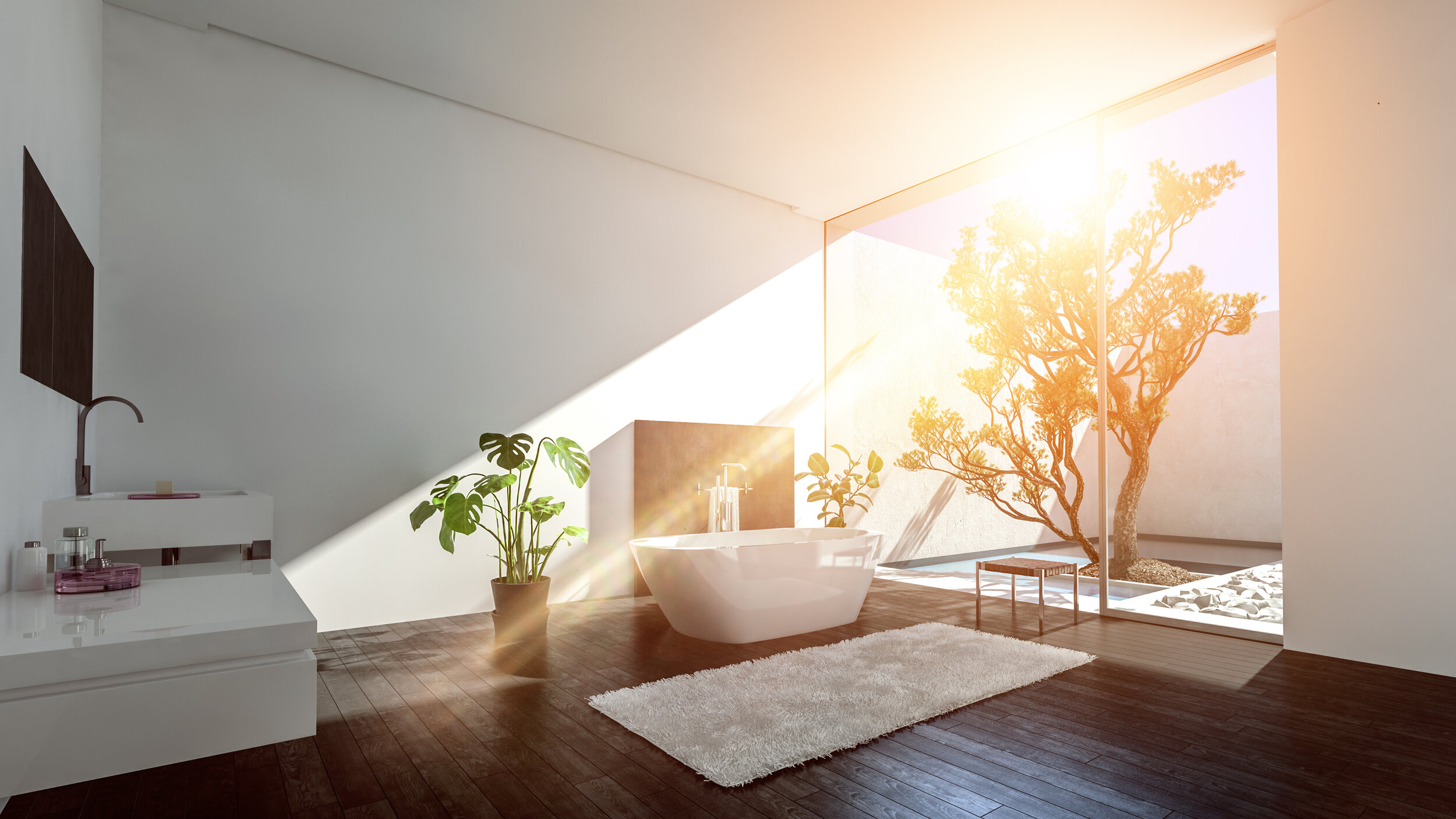Sweating It Out: The Overheating Headache
Doug Johnson is the Founder of Mesh Energy. In this article, he talks about the top causes of overheating and what can be done to address them.
Like it or not, our climate is warming and becoming more unpredictable. Weather is becoming more extreme, and winters are warmer than they have ever been. Combined with the rapid pace of materials and construction technique development and our increasingly obsessive behaviour concerning building energy losses, there is a big issue. It is calculated that over 4.5 million buildings a year suffer from overheating with the vast majority of those being newly constructed.
In fact, the problem has become so much of an issue that the regulation of building overheating in the 2021 Building Regulations under a new section Part S is also expected to come into force in Q1 2022 to ensure that sufficient due diligence is undertaken for new buildings.
Paradoxically, as we advance and focus on highly insulated buildings with managed ventilation and less natural air infiltration, we make the very buildings we hope to be progressive and fit for purpose, become uninhabitable and uncomfortable. In addition, in trying to reduce build costs and improve the speed of construction, the very materials and techniques that make this possible go against some fundamentals of building physics which have for centuries allowed buildings to remain comfortably cool throughout the year.
The real risk to developers of ignoring the threat or possibility of overheating is that once a project is completed, resolving overheating issues costs considerable money and time to put even partially right. As an afterthought, this can not only be expensive but ugly and will invariably add to the long-term running and maintenance costs of the build.
The good news is that this risk can be mitigated by some increased understanding of what causes it and basic analysis at the conceptual design and pre-planning stages.
Top 3 Overheating Causes
There are three main causes of overheating in buildings. We will quickly cover these as well as how to reduce their impact:
1. Low thermal mass – The density of the materials used in a structure strongly affects daytime overheating and the long-term retention of heat or coolth in the structure. Lightweight structures such as SIPS and timber-framed buildings respond far quicker to high exterior temperatures. Higher density structures such as masonry and concrete respond far more slowly and peak daily internal temperatures remain lower on even the hottest days of the year.
2. Large areas of glazing – High proportions of glazing above 35% of the total wall area on east, south or west building elevations can be a significant cause of detrimental solar gains in spring, summer and autumn. Where increased levels of glazing are desired, solar shading should be investigated and engineered to ensure it is fully functional and appropriate for the way the building is to be used.
3. Poor natural ventilation – The poor ventilation of spaces, particularly at night-time, in domestic dwellings is a great cause of overheating in homes. More generally lack of air movement or cross ventilation in buildings can quickly become a nuisance and lead to high levels of discomfort. Single aspect buildings such as flats are a particular example, and the use of purge ventilation should be considered at the earliest stages of design to save costs later.
The Way Forward
One of the most effective ways to better understand the potential overheating risks of your development as designed is to use dynamic thermal and ventilation modelling from as early as possible in the building’s design process. Costs vary based on the building size and complexity but for as little as £1,000+VAT you can have a detailed first pass of the design and quickly identify room by room where issues may lay. Once digitally modelled, as the design develops, an intelligent and focused approach can be taken providing feedback to the design team as to appropriate changes with a high level of confidence in performance once built.
Don’t let overheating cost you on your next project, and make sure you plan ahead for a risk-free and comfortable design going forward.
Visit www.mesh-energy.com for more information and to start a discussion about your next project.


